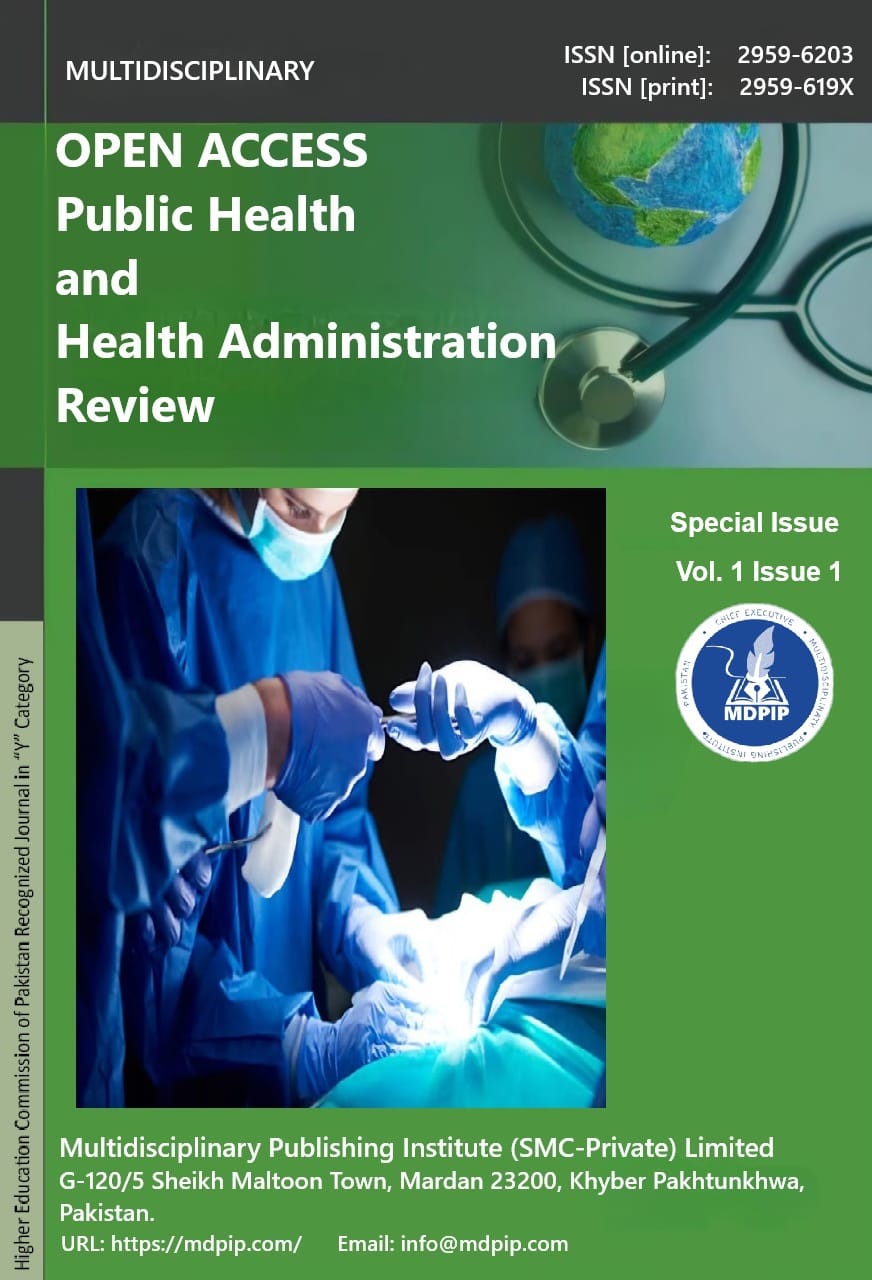Phytochemical Screening and Antimicrobial Activity of Maize Silk Extract: Public Health Perspective Investigations
DOI:
https://doi.org/10.59644/oaphhar.1(1).237Keywords:
Phytochemicals, Extracts, Antimicrobial and antioxidant activityAbstract
Plants and herbs are a natural reservoir of chemotherapeutic chemicals that can be used to prevent or treat a variety of ailments. Corn silk is used to treat disorders caused by a variety of harmful microorganisms. This work aimed to find certain therapeutic qualities of corn silk and examine its antibacterial activities in ethanol, methanol, acetone, benzene, and chloroform extracts. Proteus mirabilis, Staphylococcus aureus, Pseudomonas aeruginosa, Klebsiella, and Escherichia coli were the pathogens that were tested against corn silk in this investigation. Phytochemicals such as phenols, glycosides, tannins, flavonoids, resins, phlobatannins, anthraquinones, reducing sugar, and saponins were studied qualitatively using various methods. Corn silk is used medicinally against some diseases caused by various pathogenic bacteria. Between 2 and 20 mm was the corn silk's zone of inhibition against Escherichia coli, Klebsiella, Proteus mirabilis, Pseudomonas aeruginosa, and Staphylococcus aureus. The agar well diffusion technique was used to quantify these zones of maize silk extracts. According to the current study, acetone extract of corn silk exhibited the least amount of antibacterial activity against Escherichia coli and Proteus mirabilis, whereas methanol and ethanol extracts had superior antibacterial activity potential. The chemical approach was also used to identify phytochemicals in corn silk, such as alkaloids, flavonoids, saponins, steroids, phlobatannins, glycosides, and tannins.






